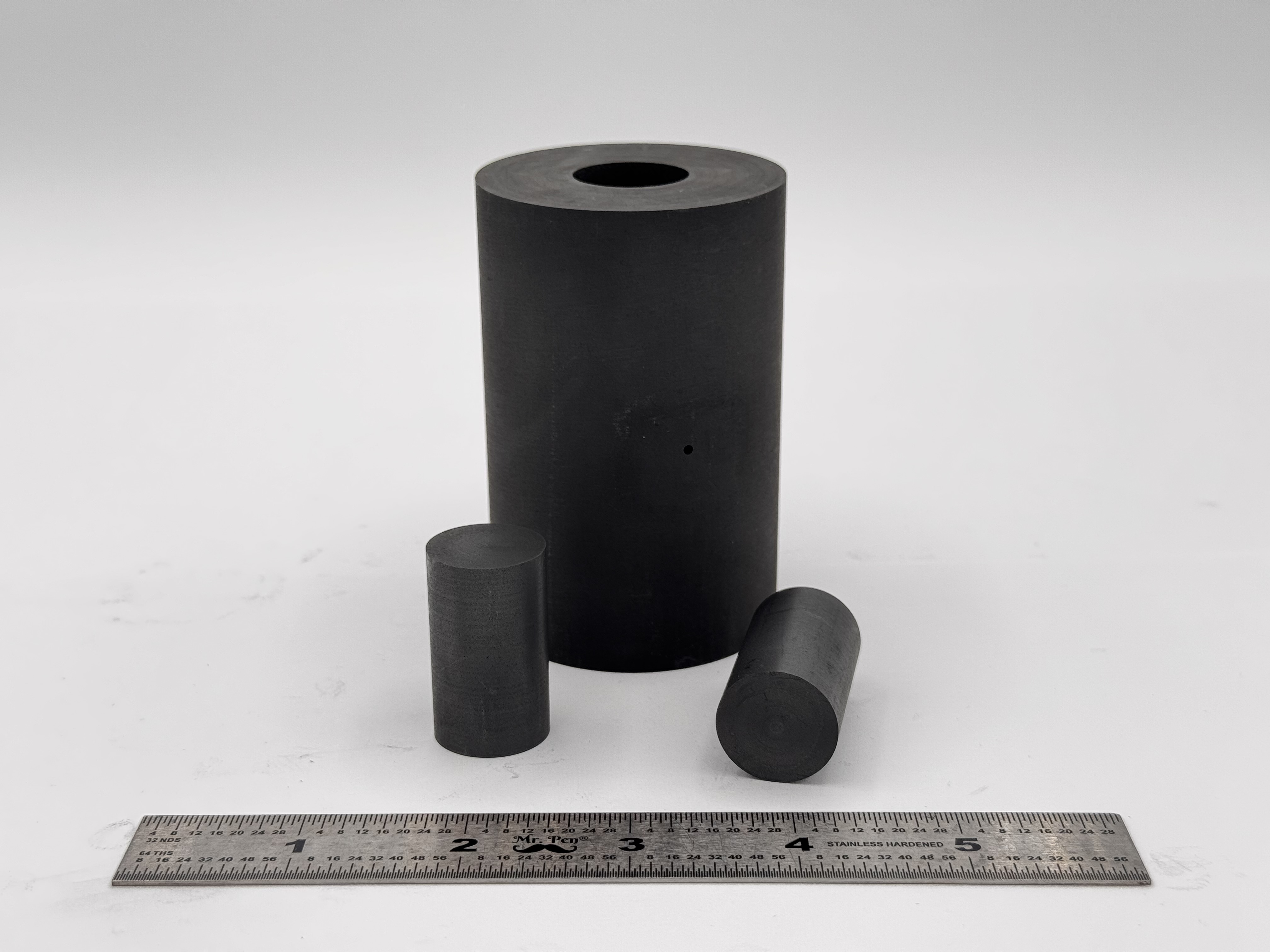Exploring Planetary Ball Milling for Nanoparticle Synthesis
In the realm of nanotechnology, the quest for fine powders and precisely engineered nanoparticles has led to the development of innovative techniques. One such method gaining prominence is planetary ball milling. This process involves grinding materials within a rotating cylindrical jar, employing the forces of impact and friction to reduce particle size.
The Equipment
A planetary ball mill comprises a pivotal component – the rotating sun wheel – and multiple grinding jars. Crafted from durable materials, the sun wheel is powered by a motor, while the grinding jars are strategically placed around it. What sets this apparatus apart is the eccentric arrangement of the jars, ensuring they rotate on their axes as the sun wheel spins.
Loading the Mill
Before the milling process commences, the grinding jars are loaded with the material slated for reduction, accompanied by grinding balls. Fine-tuning the ratio of material to grinding balls and adjusting the ball size allows researchers to control the final particle size.
The Grinding Process
As the sun wheel and jars set into motion, a dance of centrifugal forces ensues. The grinding balls within the jars move dynamically, colliding with each other and the material. This dual action, combining rotation and gravity, creates an environment where impact and friction play pivotal roles.
Impact and Friction
The collision of grinding balls results in impactful interactions, contributing to particle size reduction. Furthermore, the friction generated between the grinding balls and the jar walls adds another layer of refinement to the process. This combination of impact and friction sets the stage for the gradual transformation of raw materials into fine powders.
Particle Size Reduction
The primary objective of planetary ball milling is to achieve a controlled reduction in particle size. Through the synergistic effects of impact and friction, materials undergo size reduction within the grinding jars. This reduction can extend to the creation of nanoparticles, making the technique especially valuable in the field of nanomaterial synthesis.
Controlled Conditions
The beauty of planetary ball milling lies in its adaptability to specific requirements. Researchers can manipulate parameters such as rotation speed, ball size, and milling duration to tailor the process to diverse applications. This control ensures the precision and reproducibility necessary for the synthesis of advanced materials with tailored properties.
Applications
The versatility of planetary ball milling extends across various scientific domains, including materials science, chemistry, and pharmaceuticals. Researchers leverage this technique to engineer materials with unique properties, opening avenues for innovation and technological advancements.
Conclusion
Planetary ball milling stands as a testament to the ingenuity in the pursuit of nanomaterial synthesis. Its ability to precisely control particle size, coupled with adaptability to varied conditions, positions it as a cornerstone in the creation of advanced materials. As research in nanotechnology continues to evolve, planetary ball milling remains a powerful tool for those aiming to push the boundaries of material science.
 High Strength SPS Graphite Tooling
High Strength SPS Graphite Tooling Tungsten Carbide Tooling
Tungsten Carbide Tooling Carbon Graphite Foil / Paper
Carbon Graphite Foil / Paper Carbon Felt and Yarn
Carbon Felt and Yarn Spark Plasma Sintering Systems
Spark Plasma Sintering Systems SPS/FAST Modeling Software
SPS/FAST Modeling Software